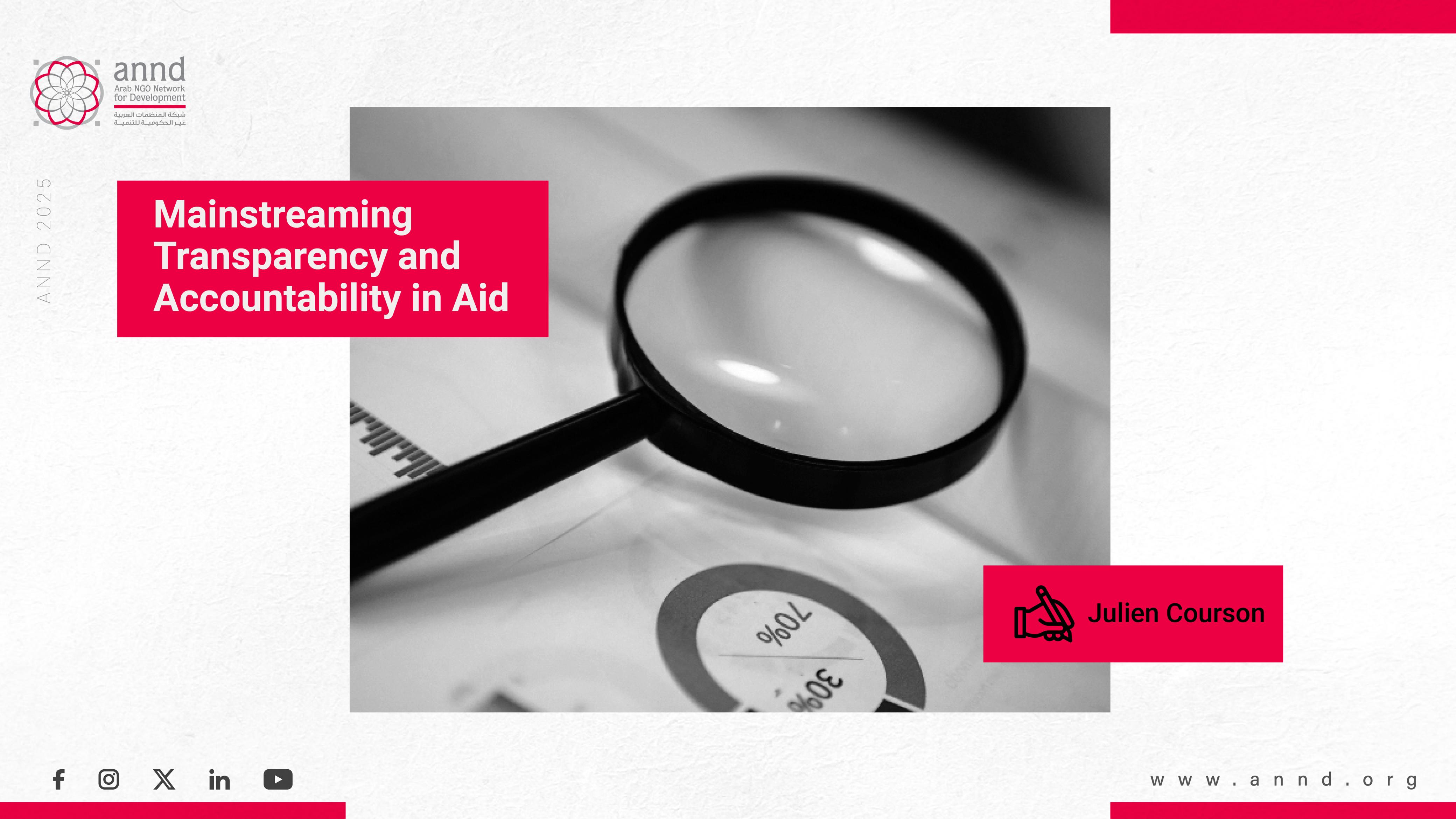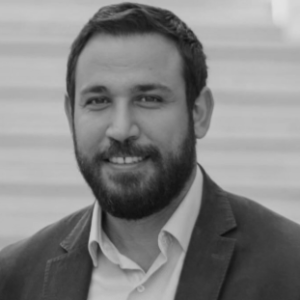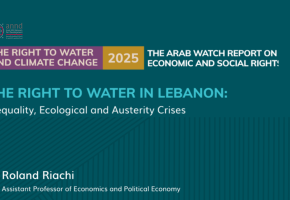
Julien Courson

Mainstreaming Transparency and Accountability in Aid: A Shared Responsibility Towards a Better Return on Investment in the Arab Region – Julien Courson
The Arab region faces significant humanitarian challenges, with millions of citizens relying on international aid. According to the United Nations Office for the Coordination of Humanitarian Affairs (OCHA), in 2024, approximately 53.8 million people across the Middle East and North Africa required assistance, with the crisis in Syria alone accounting for 32.5 million individuals in need. In March 2025, international donors pledged nearly $6.5 billion in aid for Syria to support the country's reconstruction and political transition.
In response to the 2023–2024 conflict in Lebanon, the World Bank estimated that the country requires approximately $11 billion for reconstruction and recovery. Similarly, the joint World Bank-United Nations-European Union rapid needs assessment estimated that around $53.2 billion is required over the next decade to rebuild and revitalize Gaza.
International aid has undeniably played a vital role in supporting millions across the MENA region by providing humanitarian relief, stabilizing fragile economies, and strengthening access to education, healthcare, and infrastructure. However, it has also faced growing criticism over inefficiency, corruption, and donor-driven priorities. Transparency International's Corruption Perceptions Index (CPI) 2024 indicates that the MENA region has one of the lowest average scores globally, with an average of 39 out of 100, suggesting prevalent public sector corruption.
In countries like Yemen, Gaza, Lebanon, and Jordan, aid has sustained basic services, funded emergency responses, and bolstered host communities during protracted crises. Yet, the effectiveness of this aid is often undermined by fragmented delivery systems, limited public oversight, and the diversion of resources away from locally determined needs. Striking a balance between these realities is essential: transparency and mutual accountability are not just ethical imperatives—they are practical tools that can enhance trust, reduce waste, and ensure aid delivers real, equitable impact to those who need it most.
A commitment to transparency and mutual accountability is at the heart of more effective aid. These concepts are rooted in the 2005 Paris Declaration on Aid Effectiveness and the 2008 Accra Agenda for Action, which emphasize shared responsibility, inclusive partnerships, and the importance of local ownership. Transparency ensures that information about aid flows—how much is given, to whom, for what, and with what results—is publicly available, accessible, and actionable. The International Aid Transparency Initiative (IATI) is a global standard encouraging aid actors to publish data in an open, comparable format.
Mutual accountability, in turn, creates a shared responsibility between donors, governments, and affected communities to uphold commitments and respond to real needs. Together, these principles shift the power dynamic in aid to one of inclusive partnership, which in turn might be in the interest of all stakeholders, should it be well managed. When aid is transparent and all actors are held accountable—not only upward to donors, but downward to citizens—it becomes more aligned with the constituents who experience it, more resilient against corruption, inspiring trust and ultimately, tax payers in donor countries will also be able to see and appreciate the return of their investment.
Despite challenges, the Arab region has witnessed some promising practices in aid transparency and accountability frameworks. For example, Saudi Arabia launched the Saudi Aid Platform to openly categorize and track its contributions to international humanitarian efforts. The Reform, Recovery, and Reconstruction (3RF) collaboratively developed by the World Bank, the European Union, the United Nations, the Lebanese Government, and CSOs, in the aftermath of the 2020 Beirut Port Explosion, aimed not only to address immediate needs related to recovery and reconstruction, but also the implementation of reforms that resulted from the multifaceted crisis Lebanon witnessed. Although the 3RF faced implementation challenges, its underlying rationale and mechanism, when strengthened, can constitute an aid and development model to be adopted and replicated in other regional contexts.
Still, the region faces persistent challenges. Many governments lack centralized systems to track aid. Disaggregated, real-time data is often unavailable or incomplete. Civic space is shrinking, restricting the ability of watchdog groups and local media to monitor aid. Also, donor fragmentation remains a barrier to coordinated and practical support. To shift the equation, donors must commit to full aid transparency using standards like IATI, and ensure their data is locally accessible and usable. Civil society's role should be institutionalized in aid design and monitoring through a participatory design approach, oversight committees, and social audits. Anti-corruption laws and access to information legislation should be enforced, and protections for whistleblowers and journalists should be upheld. Linking aid transparency to broader governance reforms will ensure that aid not only delivers in the short term, but also contributes to long-term development.
International aid continues to play a critical role in the MENA region, providing relief and hope amid chronic crises. However, its impact is too often undermined by inefficiency, opacity, and information asymmetry. At the same time, the region has shown that better models are possible when aid is open, accountable, and aligned with local priorities. Thus, today, there is an opportunity to mainstream transparency and accountability to ensure a better return on investment for all the actors involved.
Recent publications

Neoliberalism and Feminist Discourse: Between Assimilation and Resistance in the Arab Context
